Well as you know many hardware modules work with 3.3V.
Our product has a PCB with a few components which most of them require 3.3-3.6V to work properly. A little bit below that, they will not perform well anymore.
Till now our approach was to use a lithium polymer chargeable cell of 3.6V which works great with a regulator. But we want to go back to coin cell battery.
Most of the coin cell batteries are 3V. The only one that has a 3.6V is LIR2450 but its a chargeable battery with very low capacity.
I see two options:
A charged coin cell battery is usually more than 3V. Can we make that assumption and just put it in our products? Is it "not professional"?
A step up converter from 3 to 3.3V. Does it take lots of current? Are there modules that just do that?
How generally engineers approach this issue that all cell batteries are 3V and most of the hardware components are 3.3V?
